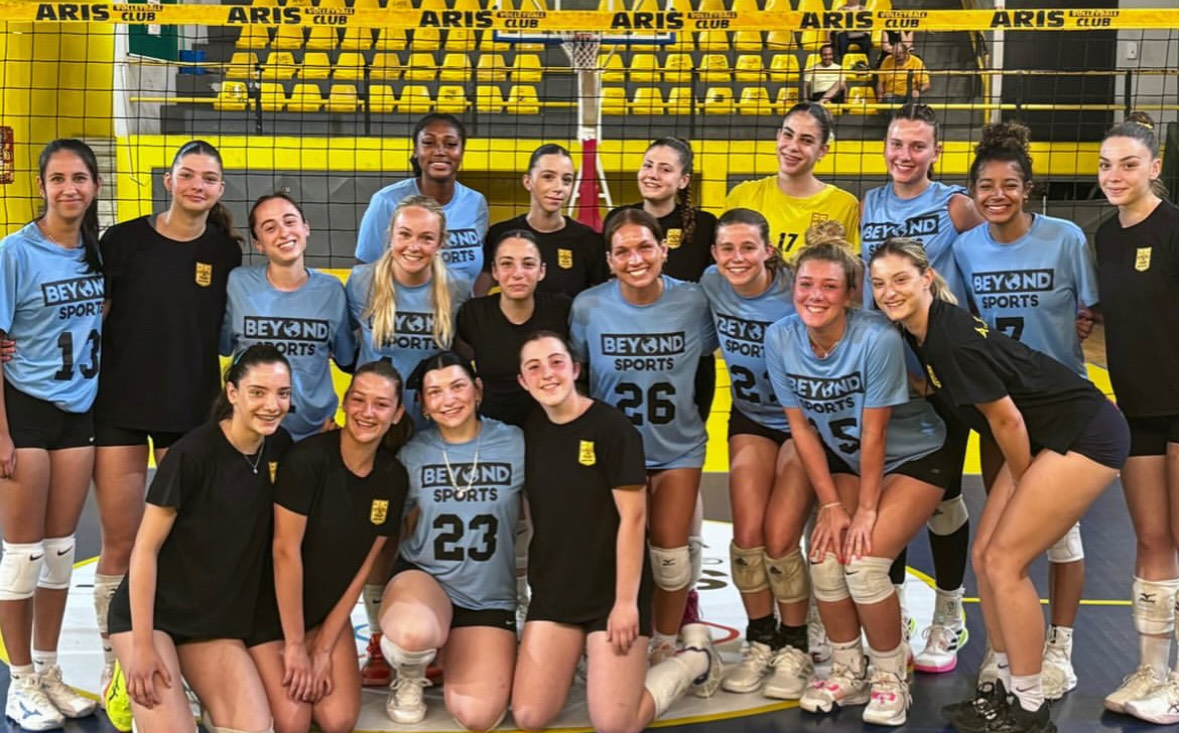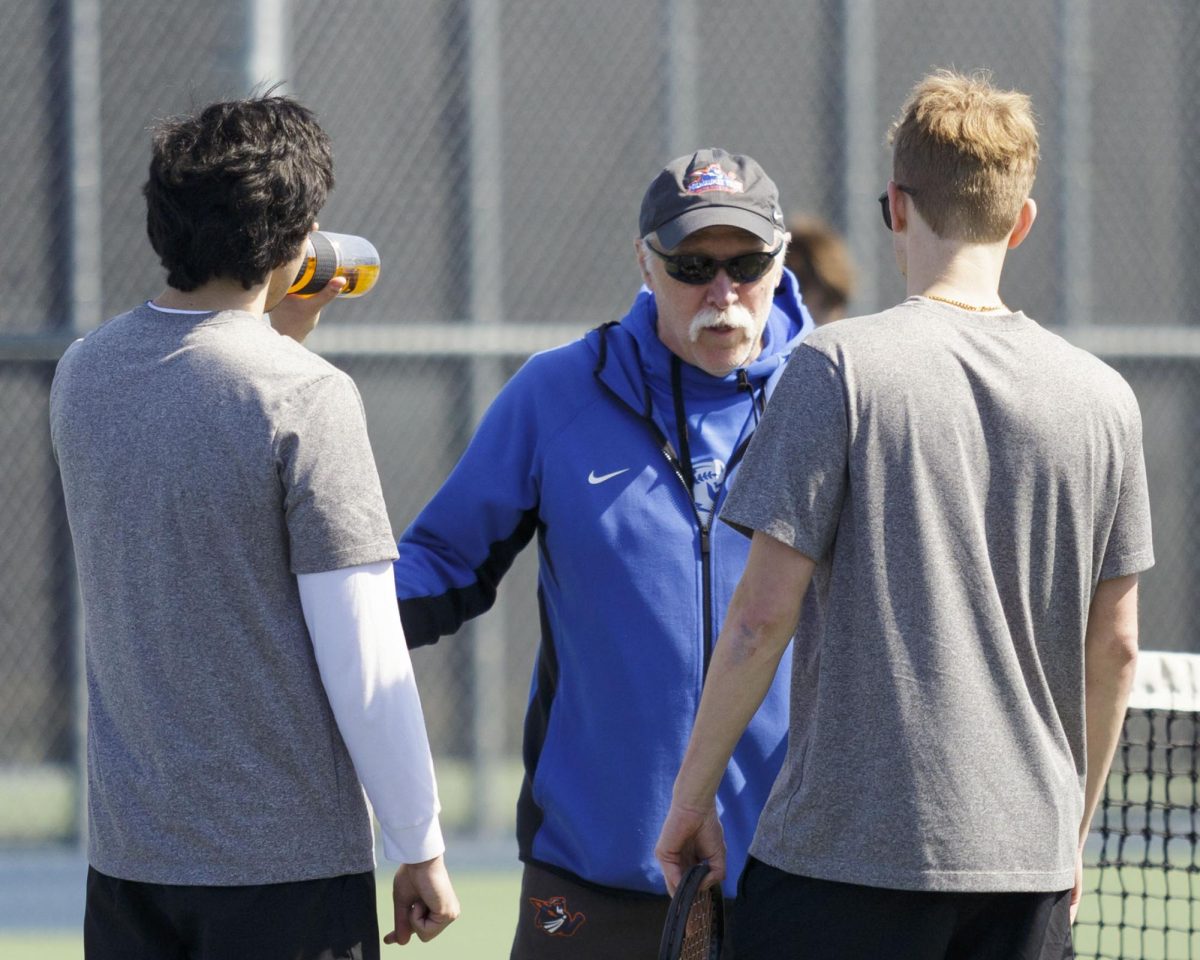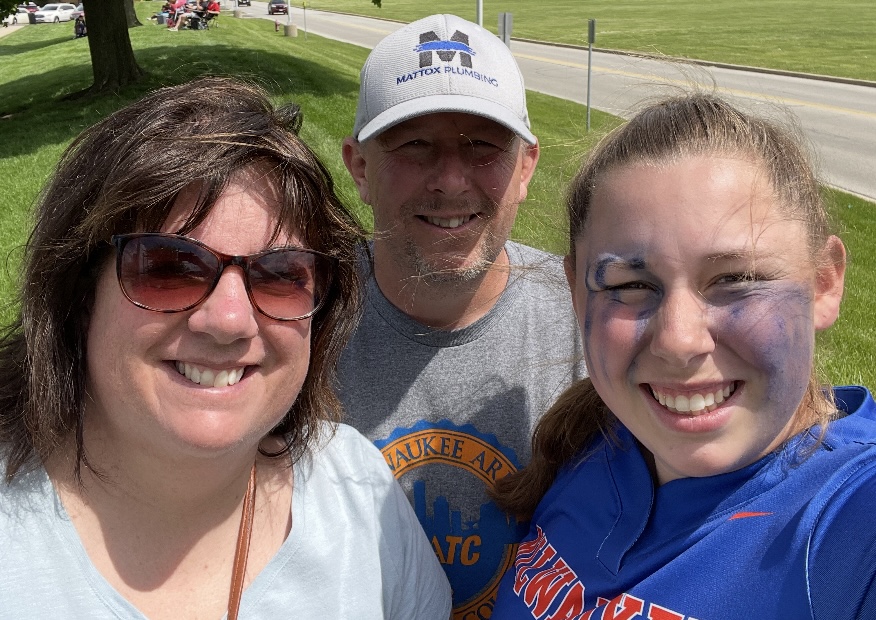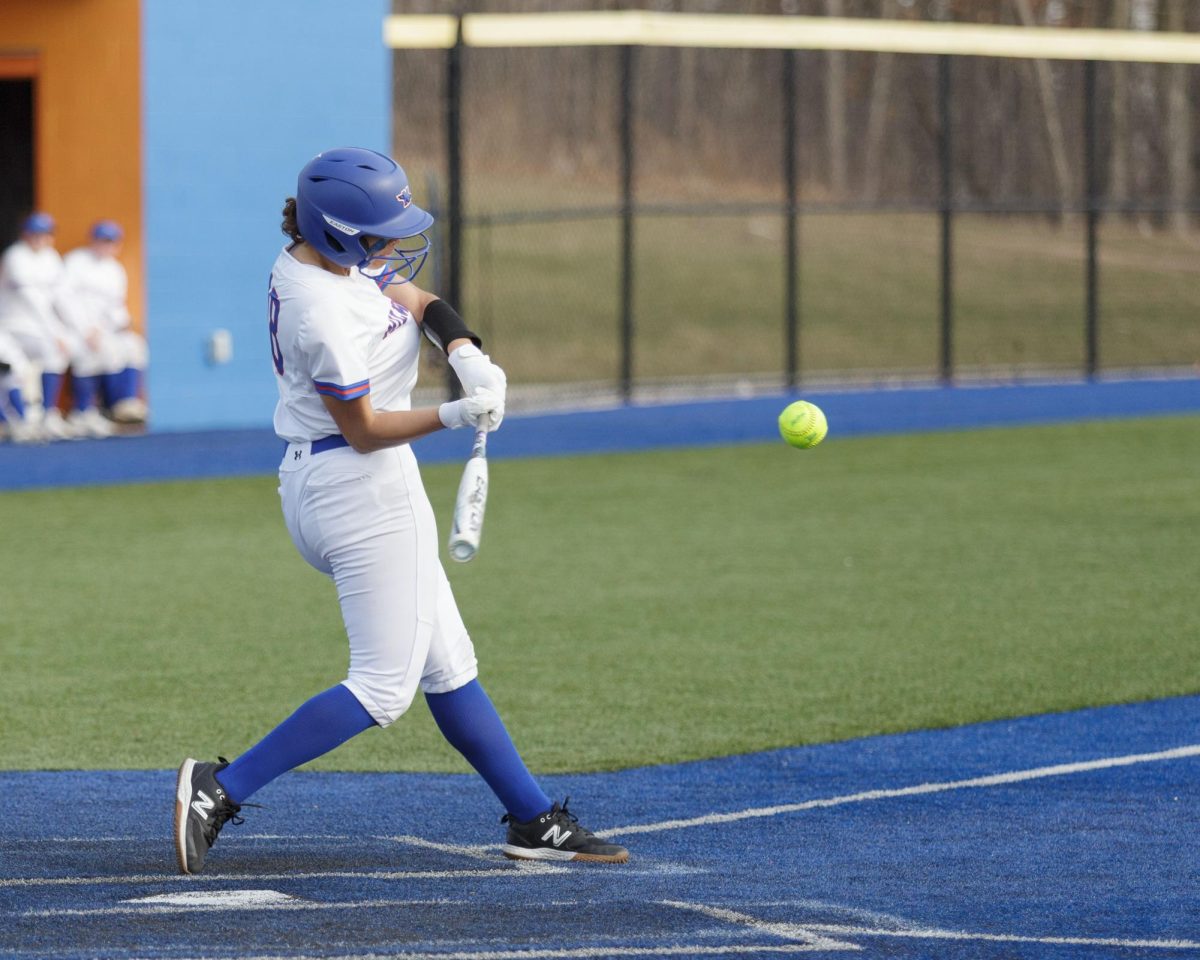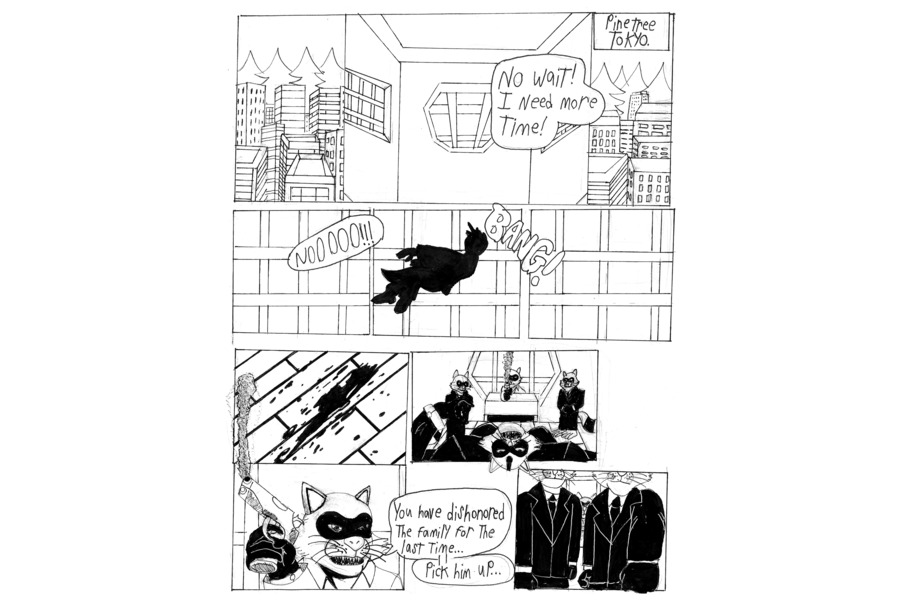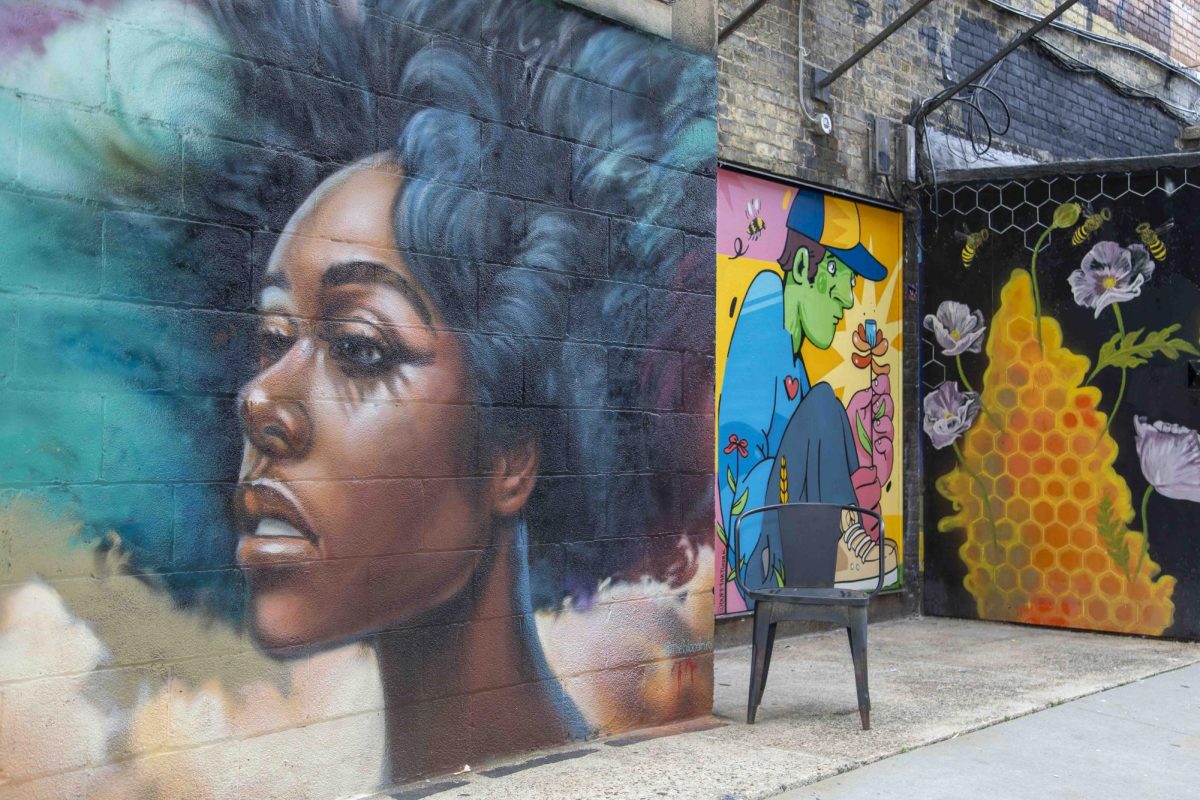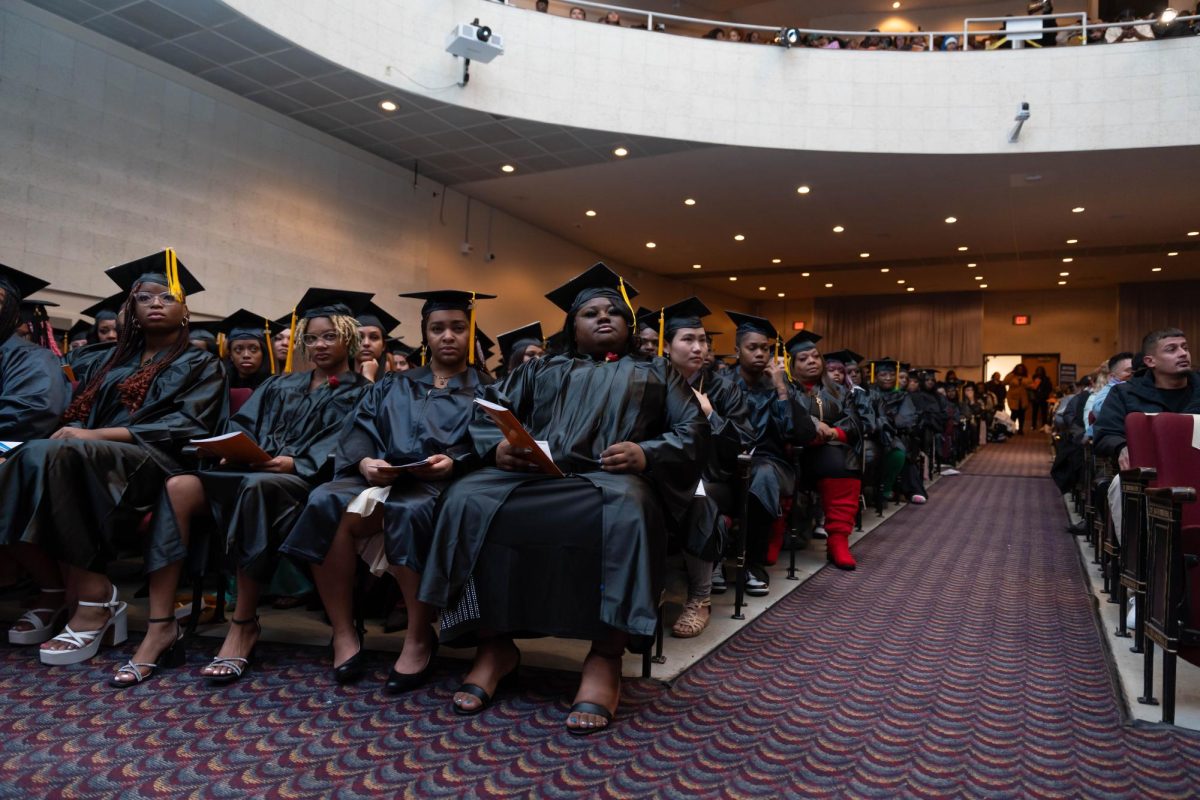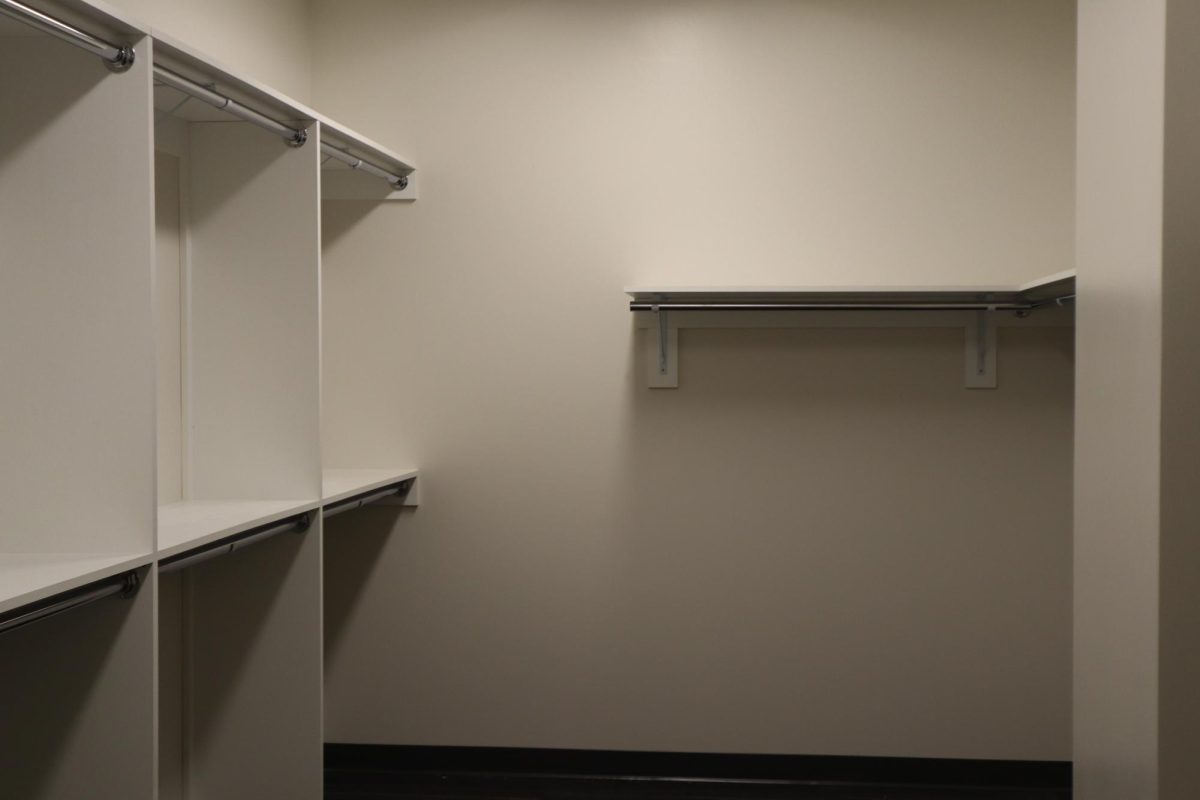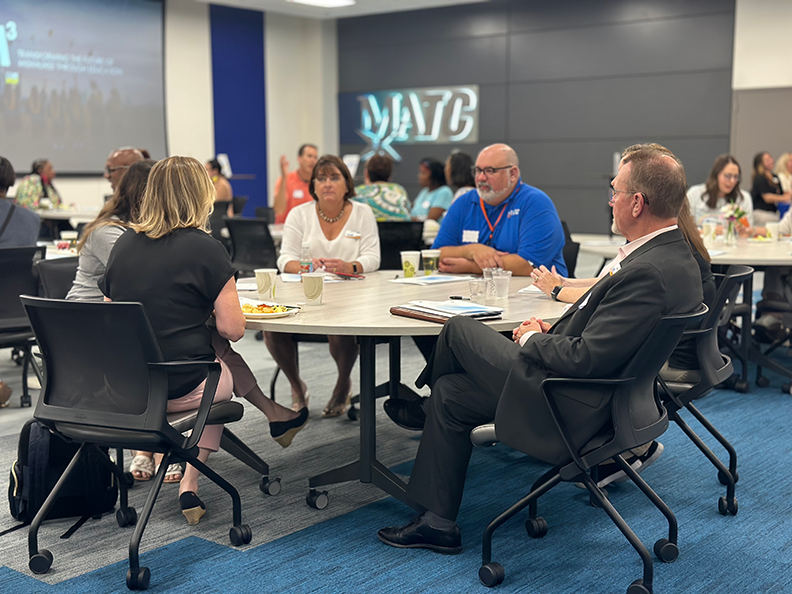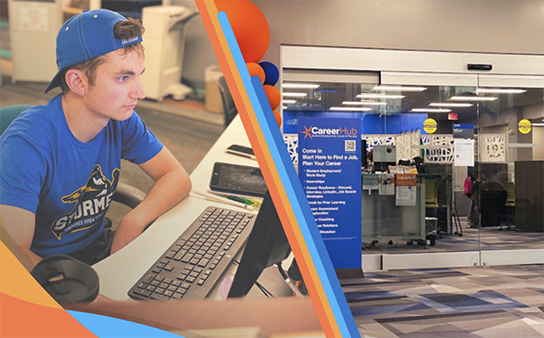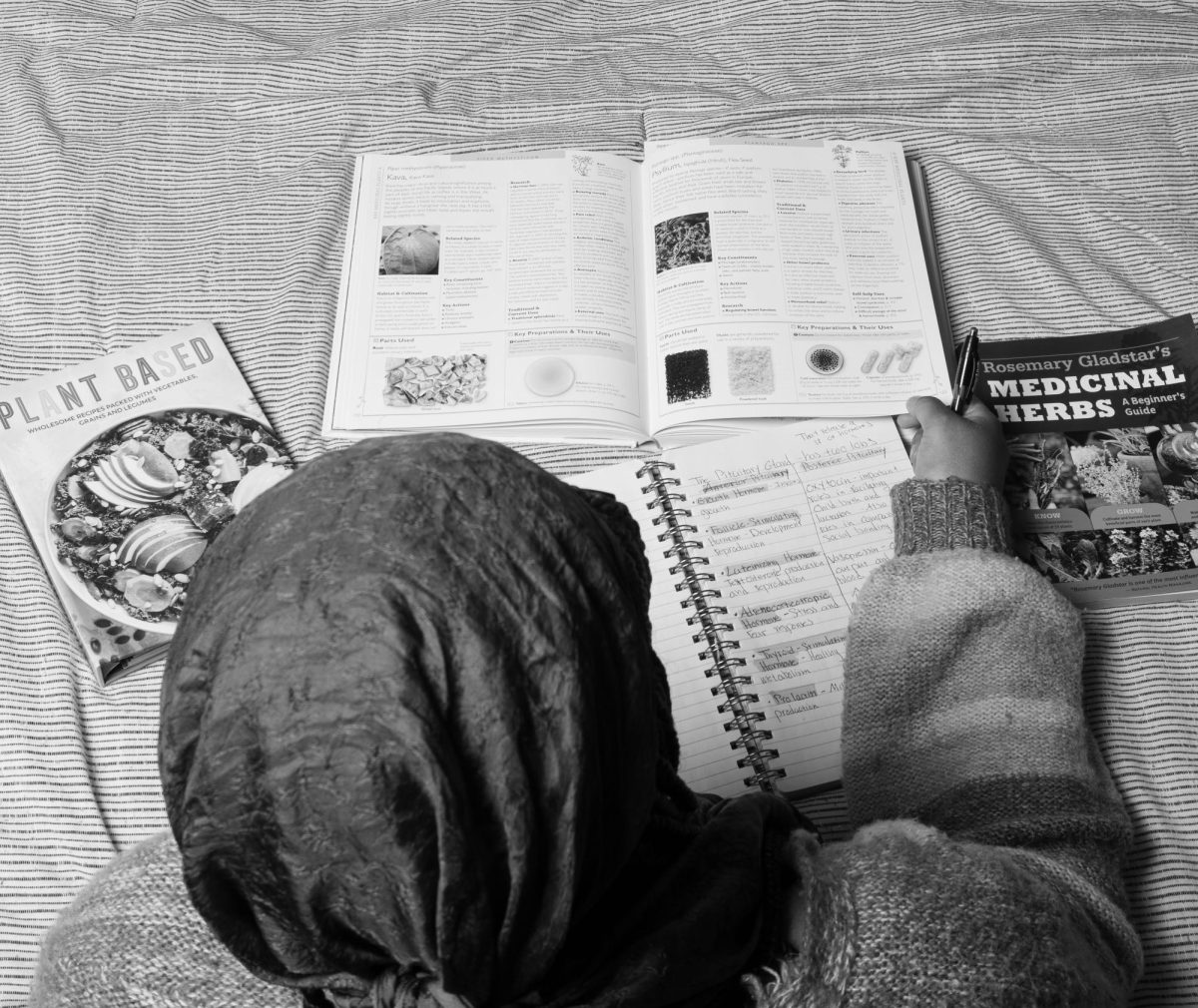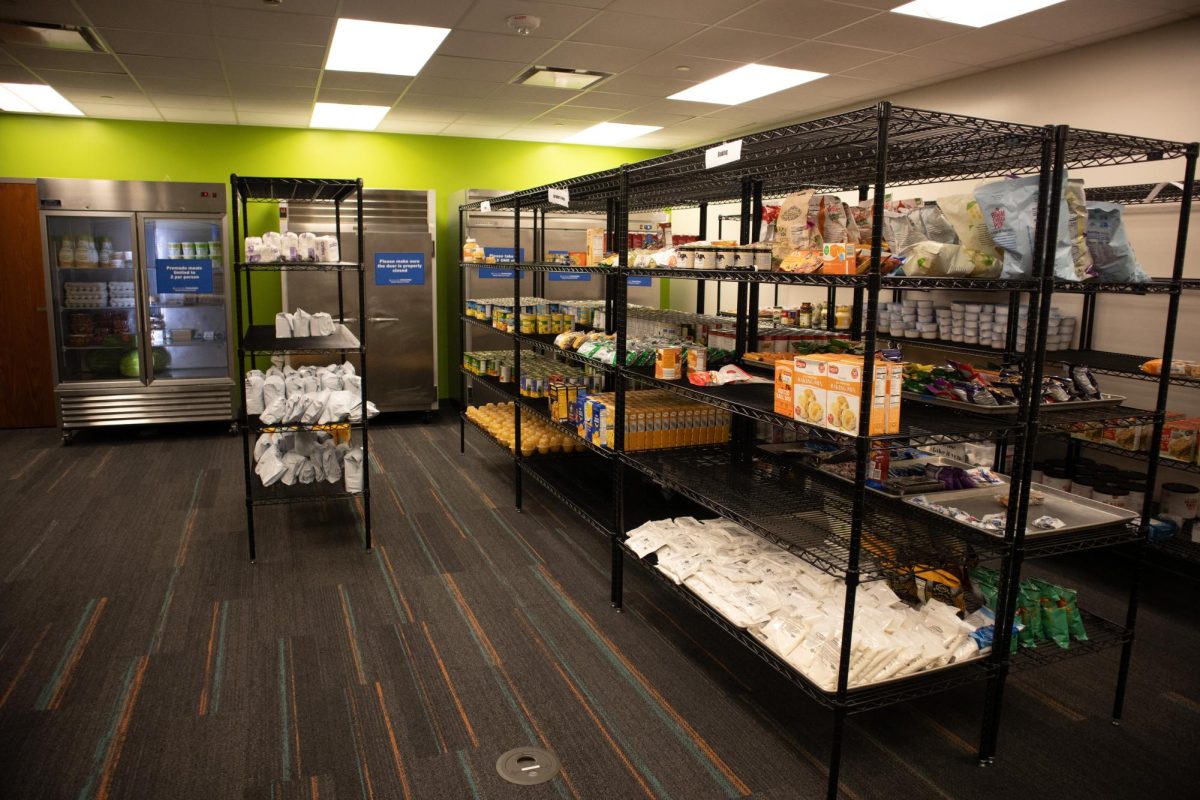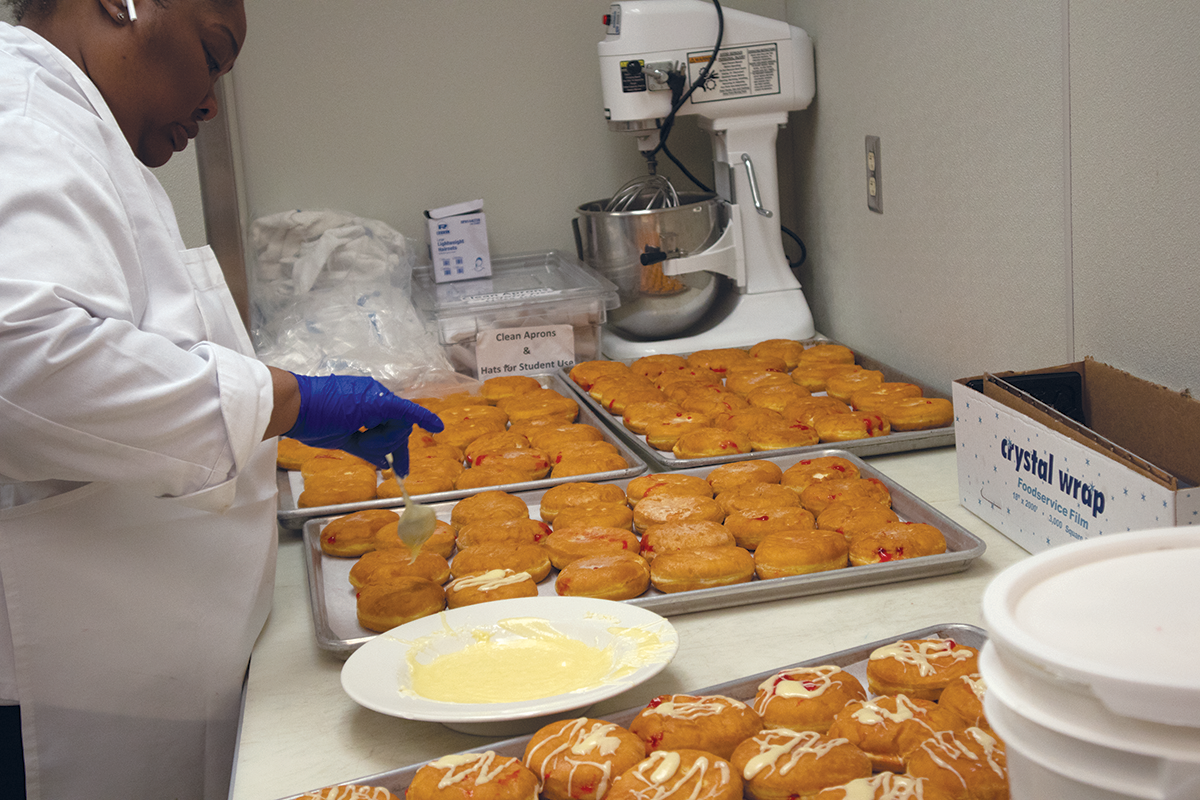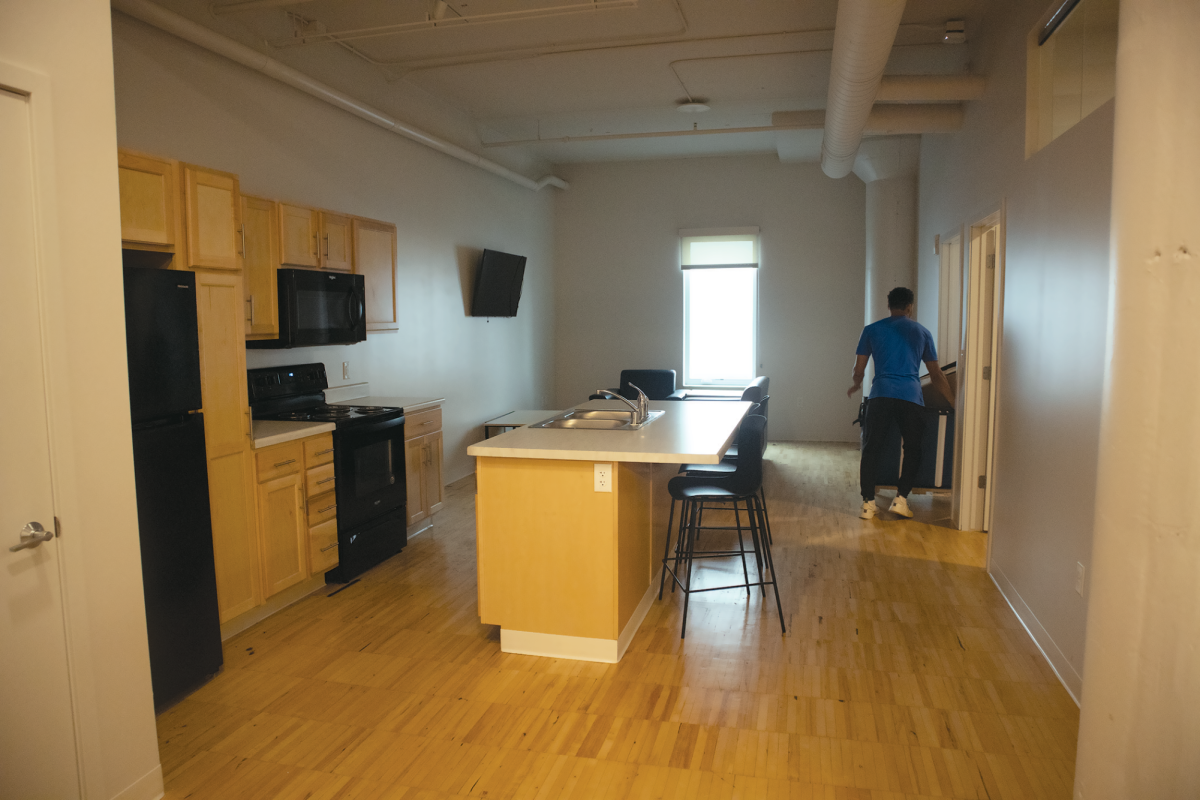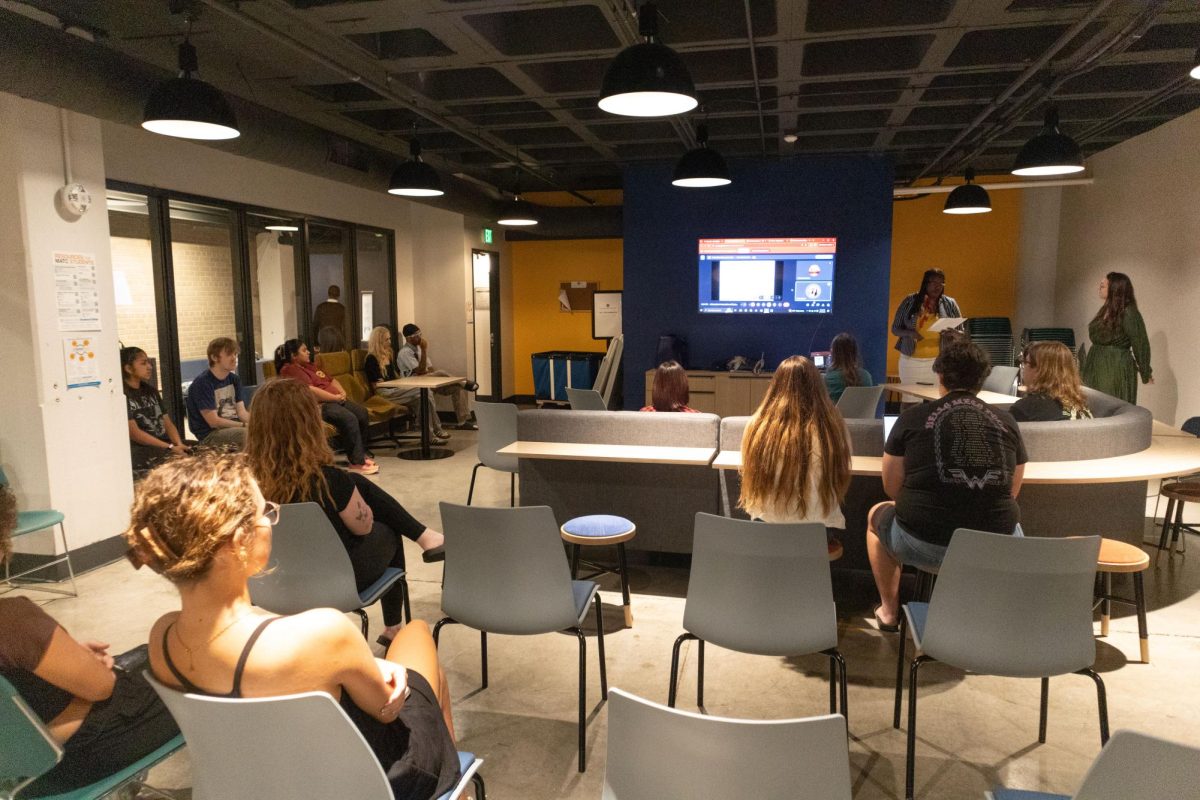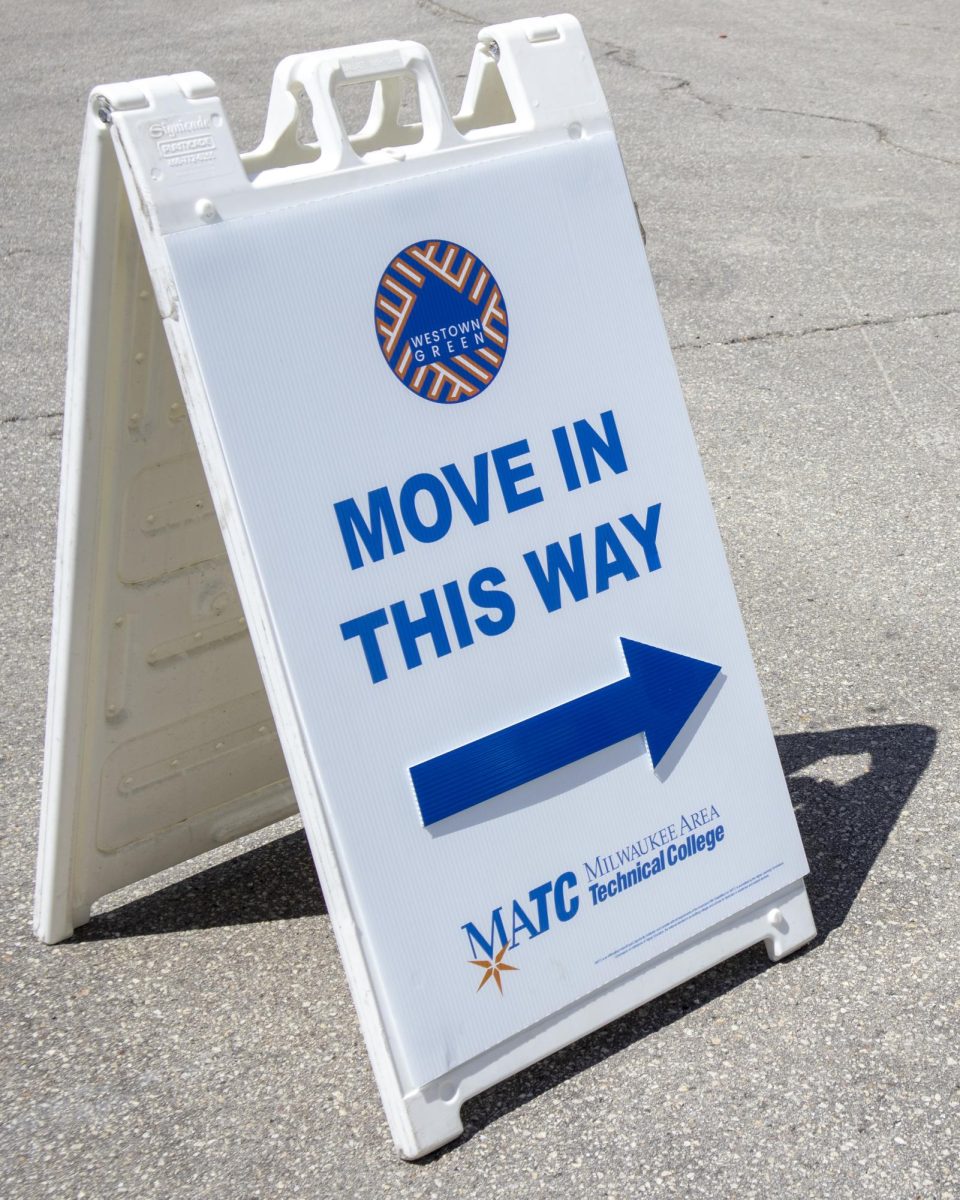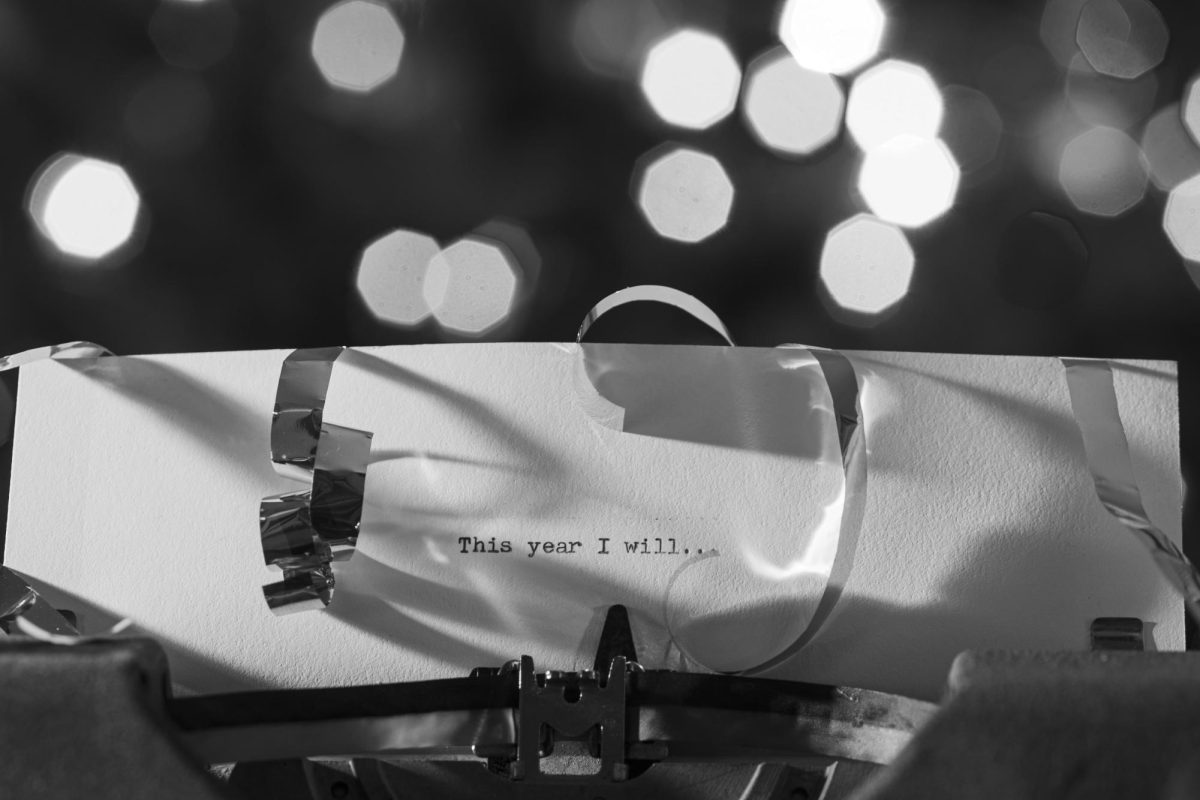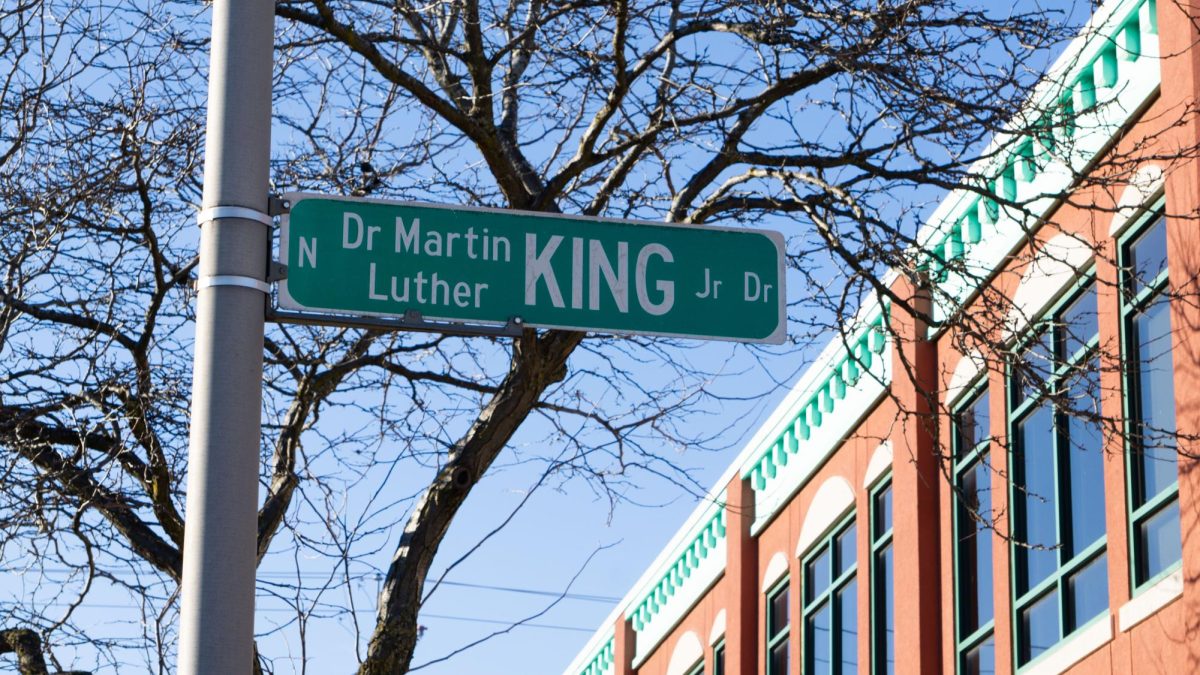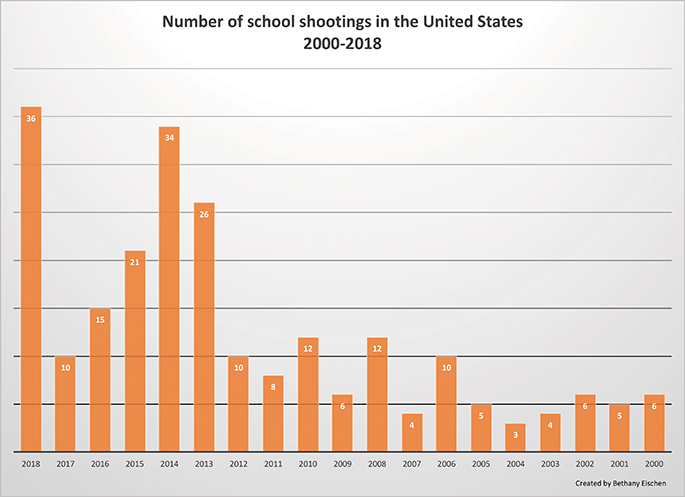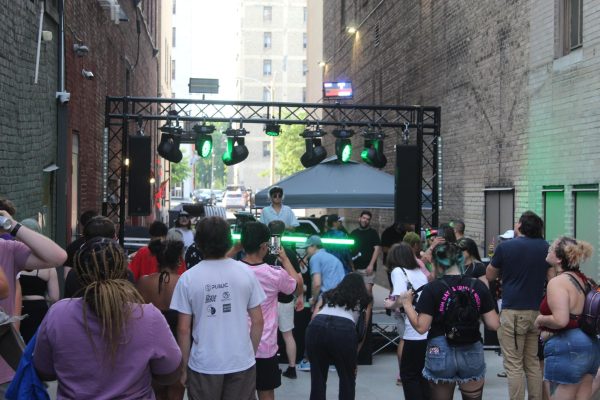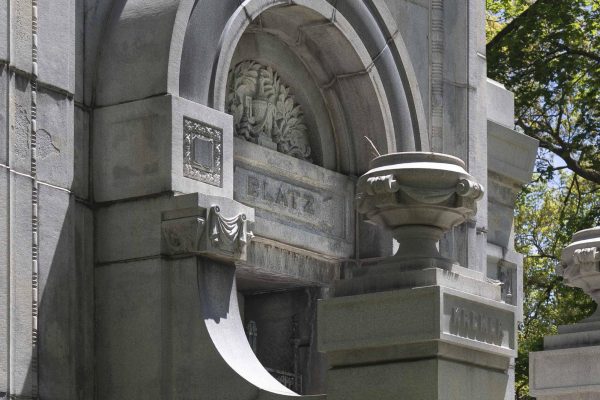Being prepared for an active shooter event
On Friday, Sept. 21, a handful of students and faculty sat in a conference room at the downtown campus waiting for Public Safety’s Active Shooter Workshop to begin. At exactly noon all of us received a slew of texts, calls and emails – the Rave Alert letting us know that West Allis Campus had been placed on lockdown.
What are the chances? Being prepared for these lockdowns and the situations that precipitate them is exactly why Public Safety hosts these workshops, and while Friday’s workshop was cancelled, I was still able to sit down with Shari Rowe, coordinator for Clery Act compliance and emergency management, to obtain tips for preparedness in the event of an active shooter situation.
“When we talk about an active shooter,” Rowe said, “we’re referring to a wide range of violent situations.”
The U.S. Department of Homeland Security defines an active shooter as “an individual who is engaged in killing or attempting to kill people in a confined and populated area; in most cases, active shooters use firearms and there is no pattern or method to their selection of victims.” In an active shooter event, Rowe wants to make sure that everyone is prepared and knows their options. There are three of them: Run, hide and fight.
First things first, assess the situation. Rowe points out that in the lockdown drills that are performed across all MATC campuses, we practice the hide option, but in the event of a real active shooter situation, persons involved must make a call based on the situation at hand.
Ideally, if the situation allows, you should run. In the District Emergency Procedures Guide provided by Public Safety, it highlights that running is the best option if you know where the hazard is and have a safe route to escape. Warn others as you leave, drop all belongings and keep your hands visible. Once you are as far from the hazard as possible, call 911 as well as the Public Safety emergency number at 414-297-6200. Most importantly if you run, do not re-enter the hazardous area until you have received an all-clear from police or Public Safety.
If running is not a viable option, the next best option is to hide. Stay in the area that you are in or move to the nearest safe area. Keep other people in the safe area. If it is safe to do so, allow others who are nearby in adjoining hallways into your room. Lock and secure windows and doors in the room. After locking them, barricade them with anything you have available such as furniture like desks, bookshelves and chairs. Turn off all lights and items that cast light or make noise, such as computer monitors, and make sure cellphones are silenced, not just on vibrate.
Make sure to stay away from doors and windows, and if possible, hide under or behind furniture, assist others with this as needed. It is extremely important to remain calm and quiet. Remember once doors are locked not to re-open them, and to remain in your safe place until either an all-clear is given by police or Public Safety, or your current location becomes unsafe.
In the worst-case scenario, your last option is to fight. This option is only to be used if it is not possible to carry out either of the other two options, and if an active shooter has entered the room you are in.
This is a last resort. If possible, organize others and try to formulate a plan to fight back as a group. Rowe emphasized that in this scenario you should use anything you possibly can as a weapon and do it as aggressively as possible. Soda bottles, books, phones, chairs, legitimately anything around you. Remember that you are fighting for your life, do whatever you can to incapacitate or disarm the shooter.
Rowe explained, “We don’t want people to be afraid … we want them to know what their options are.” Lockdown drills are done once every semester at MATC, and the Active Shooter Workshops are generally the week before the drills. They are one hour long, and in addition to the information provided here, they allow for any questions to be answered. Attendees also receive a copy of the District Emergency Procedures Guide as well as the Active Shooter Event Quick Reference Guide.
Rowe wants everyone to be prepared to act without hesitation in the event of an active shooter. She mentioned that there will always be the first people to witness the start of an event, before police or Public Safety have been called, before a lockdown has been issued, and that it is vital for those people to make good decisions, to not hesitate, to get to safety and to make the call. “Let us know,” Rowe said. If you see something suspicious or a violent event, be sure to call Public Safety, the emergency number once more is 414-297-6200. It is recommended that individuals save this number to their phone contacts, so that it is always available when it is needed.
Discussing an active shooter event is certainly a solemn conversation, but one that is worth having. It is important to be prepared, and to be safe. In addition to the Active Shooter Workshops, Rowe wants students to know that Campus Emergency Response Training (CERT) is not just for faculty members.
Students are encouraged to register for these events, happening around once a month at each campus. CERT is three hours long and covers a range of emergency topics in addition to active shooters, such as fire and severe weather. The next round of workshops will be Friday, Oct. 12 from 9 a.m.-noon at the Mequon Campus in Room A290; Friday, Oct. 12 from 1-4 p.m. at the West Allis Campus in Room 107; Friday, Oct. 26 from 9 a.m. – noon at the Oak Creek Campus in room A200E; and Friday, Oct. 26 from 1-4 p.m. at the Downtown Milwaukee Campus in Room S120.
For more information on these training sessions, students can contact Shari Rowe at 414-297-8492 or the Department of Public Safety at 414-297-6588.
Friday’s lockdown on the West Allis Campus was because of an armed robbery that took place near the campus and the robber fled northbound, passing campus.
Police were concerned that the robber could potentially enter campus, so as a precaution Public Safety placed West Allis Campus on lockdown until police could clear the area.
Thankfully this was a precautionary lockdown, but it is this preparedness to respond to potential threats that is crucial for everyone’s safety.

My name is Bethany Eischen and I'm the online editor for the Times. The 2018-19 school year is my first year both at MATC and with the paper. I joined...






